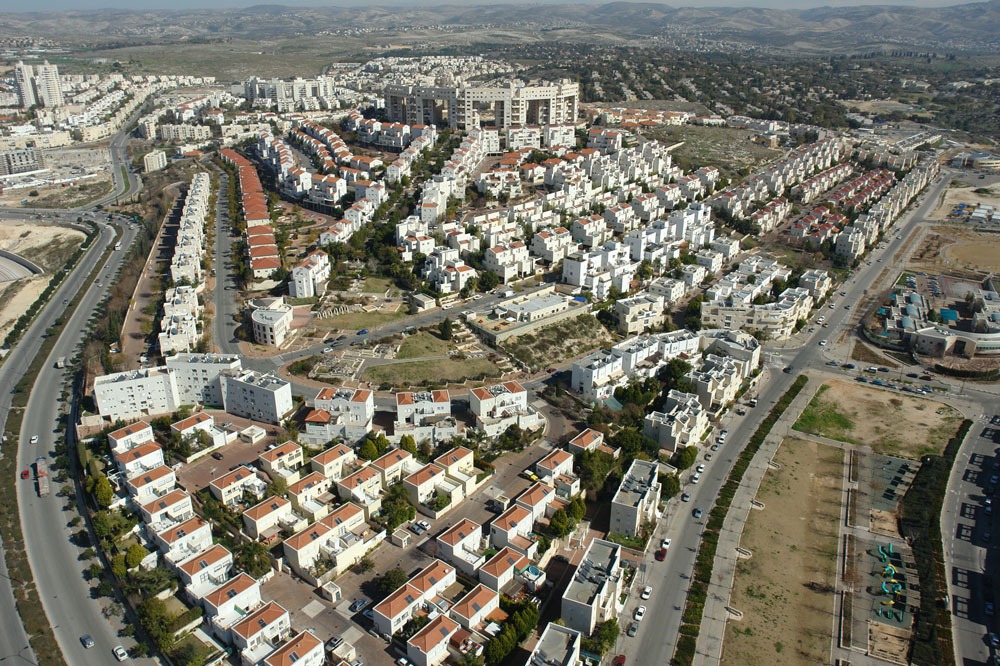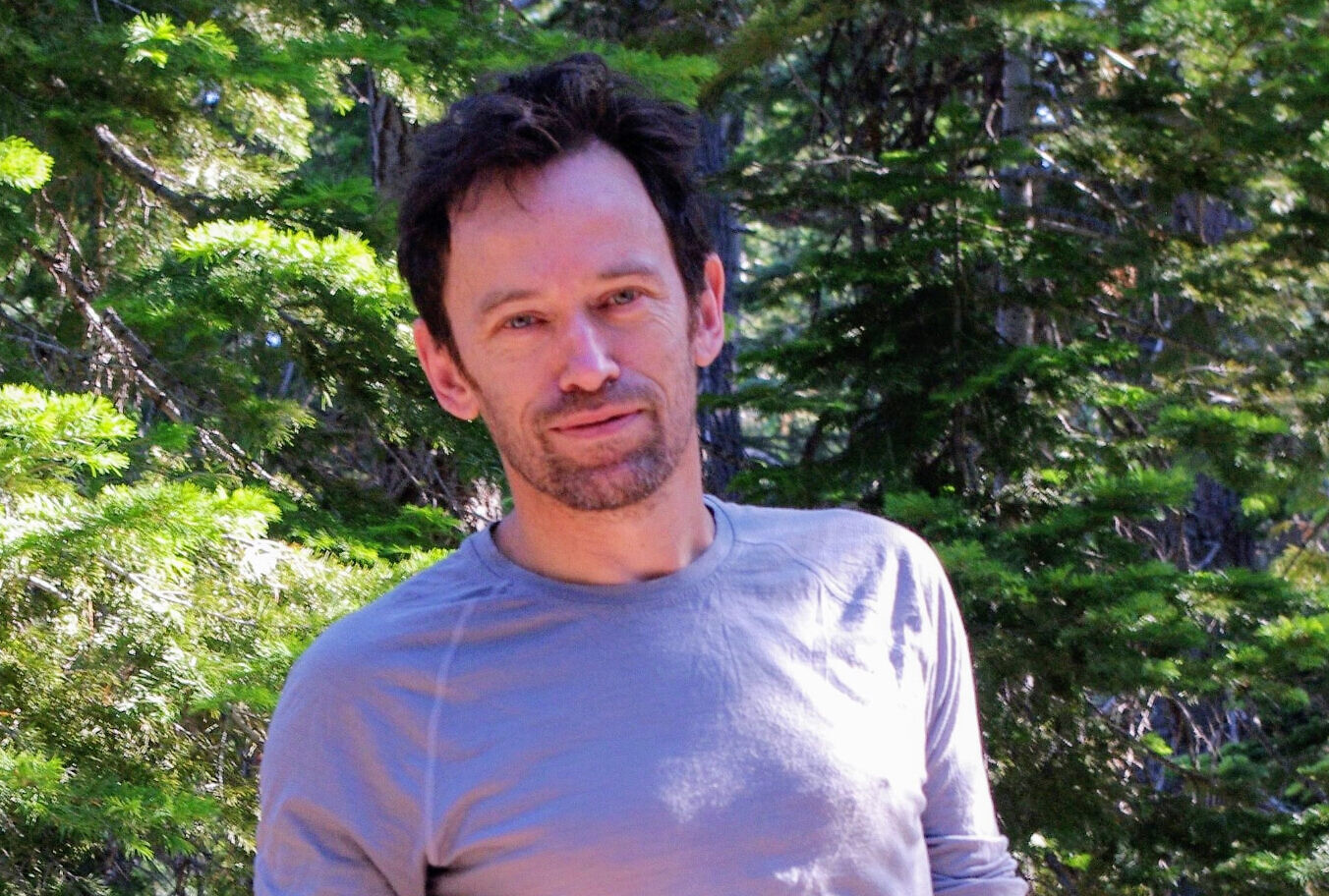Israelis living in the richest localities have far less chance of dying from cancer than those who live in the rest of the country, according to new research.
The Taub Center for Social Policy Studies in Israel, an independent think tank, crunched cancer stats from across the country, and found some stark patterns that they outlined in a report published on Sunday.
“Each year, there are 387 deaths from cancer per 100,000 people on average,” Taub Center researcher Prof. Alex Weinreb told The Times of Israel. “There are substantial differences between middle-income and high-income areas. In middle-income areas, there are about 420 cancer deaths per 100,000, and low income areas are similar.
“But as you go from low-income to higher-income, death rates go down more and more. As the socioeconomic status areas increases, cancer deaths are rarer,” he said.
“In areas that are in the top ten percent of socioeconomic status, like Shoham, Givatayim, and Ramat Hasharon, the cancer death rate is around 340 per 100,000 people, just under 20 percent lower than in the middle-income areas and 12 percent lower than the national average,” Weinreb explained.
Get The Times of Israel's Daily Edition by email and never miss our top stories
The other locales with the lowest cancer deaths were Kiryat Ono, Givatayim, Hod HaSharon, Modiin-Maccabim-Re’ut, Tel Mond, Even Yehuda, and Gannei Tikva.

File -aerial view of part of Modi’in in central Israel. (Times of Israel file photo)
Weinreb said he was surprised by the result, which is based on an analysis of publicly available data. “I expected to see differences along socio-economic lines, but did not expect it to be so pronounced,” he commented.
He said that it was not entirely clear why there is such a marked difference, but suggested two possible explanations.
One is that the results indicate a picture of significant health inequalities which see the wealthiest people lead healthier lifestyles with better access to healthcare, including some private care, and with better knowledge of how to navigate state health systems.
“Any time you have such a picture as we’re seeing it’s likely, though not certain, to be related to health inequalities,” Weinreb said.

Alex Weinreb (courtesy of Alex Weinreb)
A second possible explanation is that the difference in the cancer mortality rate reflects geographical factors. Israel’s wealthiest locales tend to be clustered in the center of the country, where there is a range of top medical facilities that are easily reachable. Elsewhere, there is a smaller range of facilities and people need to travel further to reach hospitals and clinics.
“Differences between life in Israel’s center and Israel’s periphery may be playing out in terms of early detection,” Weinreb said. With more medical professionals in central Israel, patients have an easier and quicker time scheduling appointments, compared to residents in the so-called periphery. This may lead to earlier diagnoses and a better chance of fighting the disease.
Weinreb wrote the report with Taub Center colleagues Prof. Nadav Davidovitch and Nir Kaidar. Davidovitch said that the findings should be investigated further, along with many other patterns of how cancer affects different population groups. If these are better understood, the health service can take action to counteract factors that are increasing the level of risk facing some people, Weinreb said.
Davidovitch commented: “Morbidity and mortality from cancer is one of the outstanding challenges facing the healthcare system, including in Israel.
“A better understanding of morbidity and mortality factors – of the influence of the environment, awareness, and health behaviors, as well as access to healthcare services for preventive care, early diagnosis, and treatment – affords better, more targeted interventions with the disease,” he said.


